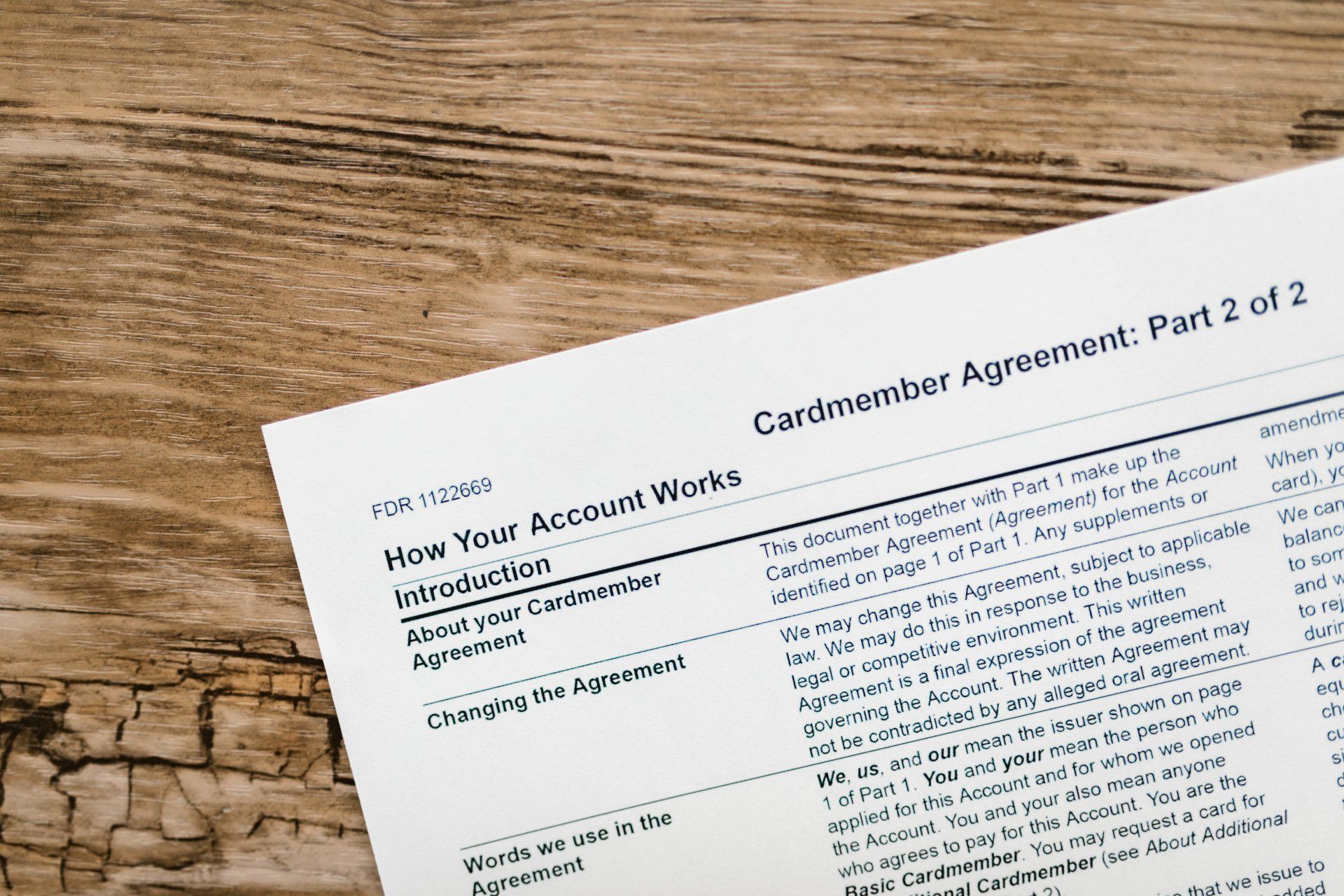The Disadvantages of Choosing Term Life Insurance

Term life insurance, while affordable, has its drawbacks. It only lasts for a set period, like 10 to 30 years, and doesn’t offer financial protection or benefits once the term expires. You’ll find premiums rise significantly upon renewal, as they reflect your increased age and any health changes. Unlike whole life policies, term insurance doesn’t accumulate cash value, missing out on potential investment growth.
There’s also no return of premiums if you outlive the term, leaving you without financial gains from your payments. Understandably, these limitations might affect your long-term financial strategy. Learning more will help you navigate these challenges and consider alternatives that suit your goals.
Contact Us
Key Takeaways
- Coverage ends if you outlive the term, without any return on premiums paid.
- Term life insurance lacks a cash value component, missing out on potential investment growth.
- Premiums can significantly increase upon renewal due to age and risk factors.
- There’s no financial benefit at the end of the term, as there’s no cash value accumulation.
- Restrictions limit long-term financial planning, impacting dependents’ security if the insured outlives the term.
Limited Duration
Why consider the limited duration of term life insurance, which only covers you for a specific period, like 10 to 30 years, and leaves you without protection once it expires? This type of policy, known for its temporary coverage, ends when the term does. If you outlive this term, you’re left with no benefits, facing the stark reality of having no financial safeguard from your policy.
What’s more, if you seek to renew your policy after it expires, be prepared for higher premiums. Age catches up, and insurers see you as a higher risk. This limited duration contrasts sharply with permanent life insurance, which offers long-lasting financial security. You’re faced with a critical choice: opting for term life’s short-term solution or investing in the permanence and assurance of permanent life insurance.
No Cash Value
One significant drawback of term life insurance is its lack of cash value accumulation. It doesn’t offer an investment component to grow your money over time. Unlike a whole life policy, which includes a savings component, premiums paid for a term life insurance policy solely contribute toward providing a death benefit. If you outlive your policy, you won’t see any of that money returned to you.
This absence of a cash value component in term life means you’re missing out on a potential investment opportunity that could benefit you in the long run. Essentially, with term life vs whole life, you’re choosing coverage with no cash value, focusing solely on the death benefit without the added perk of growing your savings through your Life Insurance policy.
Increasing Premiums with Age
While term life insurance may initially seem affordable, you may find the cost rising steeply upon policy renewal due to increased age and risk factors. This increase in premiums can significantly impact the affordability of your coverage over time. As you grow older, renewing your term life insurance policy often means facing higher premiums because the risk to the insurer increases.
These rising costs might lead you to struggle with maintaining your coverage, especially if the premiums become prohibitively expensive. It’s crucial, then, to compare initial and renewal rates before committing to a policy. Understanding the potential impact of these increasing costs can help you make more informed decisions about your term life insurance and ensure that you’re not caught off-guard by escalating rates.
Limited Options for Renewal
Most term life insurance policies offer limited options for renewal after the initial term expires. Some policies may not allow renewal at all, while others may require medical underwriting or impose strict conditions. Limited renewal options can be a significant drawback for those who wish to maintain life insurance coverage beyond the original term. If you develop health issues or your financial situation changes, you may find it difficult or impossible to renew your policy on favorable terms.
Coverage Restrictions
Coverage limitations in term life insurance may significantly impact your family’s long-term financial security. These coverage restrictions mean that if you outlive the specific term of the policy, there’s no payout or continued financial protection for your dependents. Unlike permanent life insurance, term policies don’t offer a cash value or investment component, limiting your ability to use them as financial tools beyond mere coverage.
Moreover, renewing your policy as you age can lead to higher premiums, making it costlier to maintain the same level of coverage in the long term. This aspect of term life insurance underscores the importance of understanding how coverage restrictions might affect your family’s financial planning and security over time.
No Benefit for Policyholders
Term life insurance provides a death benefit to the policyholder's beneficiaries, but it does not offer any benefits to the policyholder while they are alive. Other types of insurance, such as whole life or universal life, can provide living benefits through cash value accumulation or policy loans.
Conversion Limitations
Many term life insurance policies include a conversion option, allowing policyholders to convert their term policy to a permanent policy without undergoing medical underwriting. However, this option often comes with limitations.
Potential of Additional or Limited Insurance
It might be difficult to choose the right coverage level and duration for a term life insurance policy. Your beneficiaries might not have enough financial protection if you select an excessively short term or a coverage quantity.
Lack of Investment Component
Term life insurance is purely a risk management tool and does not include an investment component. Some other types of life insurance, such as variable life or universal life, allow policyholders to invest a portion of their premiums in various financial instruments.
No Equity Buildup
Unlike permanent life insurance policies that build equity through cash value accumulation, term life insurance does not build any equity.
Psychological Discomfort
The transient nature of term life insurance and the possibility of outliving their coverage may cause some people to feel anxious. This psychological discomfort may have an effect on their general well-being and sense of financial security.
Learn More about Term-Life Insurance with Chris Antrim Insurance
Navigating term life insurance is akin to walking a tightrope. You’re balancing the need for protection with the risk of outliving your policy or facing increasing premiums. While it offers a safety net for a designated period, it lacks the permanence and accumulating value of whole life policies. Like a leaf floating down a river, your coverage eventually drifts away, leaving you to possibly face the currents of life uninsured or seek new, potentially costlier, coverage in the future.
Term life insurance protects your family easily and affordably. Understanding its drawbacks is crucial to making an informed choice. Temporary coverage, no cash value accumulation, rising rates with age, and restricted renewal alternatives might hurt your financial planning and security. Term life insurance may not be right for some due to its lack of living benefits, conversion restrictions, and personalization.
Consider your current and future financial needs, health, and long-term aspirations before buying term life insurance. Compare term life insurance against other policies to get the best one for you. Understanding the drawbacks and comparing them against your needs will help you make a decision that balances security and affordability for you and your family. Feel free to contact
Chris Antrim Insurance for your inquiries.











